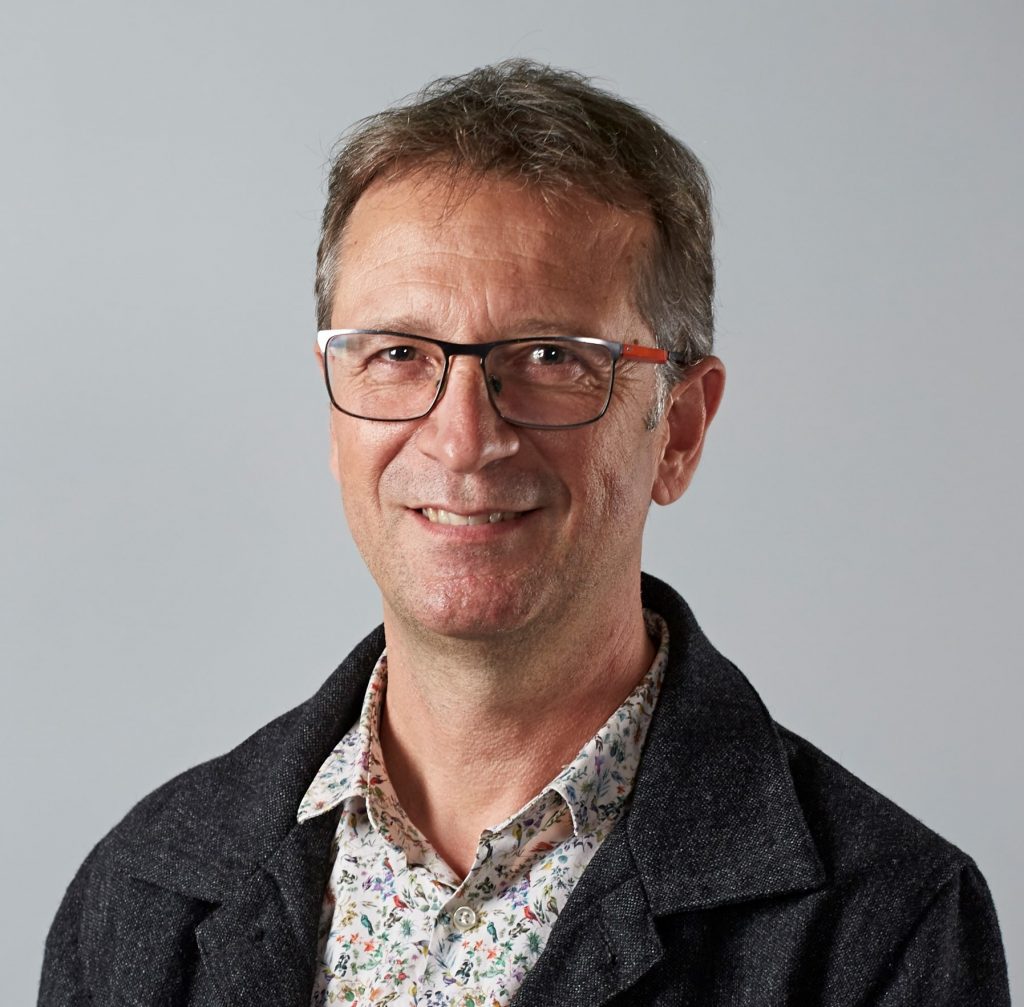Frédéric Gilli, “Ce que l’absence de politique fait à nos vies”, Esprit, Novembre 2022
12 December 2022
Laurent Gayer, Présentation du livre “Le capitalisme à main armée. Caïds et patrons à Karachi”, 09.03.2023, 5pm-7pm
13 February 2023Pierre-Philippe Combes, “(Machine) Learning from Historical Maps: Land Use and Urbanisation, France c. 1760-2020”, 30.03.2023, 5pm-7pm
Seminar Cities are back in town WIP
(Work In Process)
(Machine) Learning from Historical Maps: Land Use and Urbanisation, France c. 1760-2020
Co-authors: Gilles Duranton (Wharton, University of Pennsylvania), Laurent Gobillon (Paris School of Economics), and Clément Gorin (University of Toronto)
Thursday 30 March 2023
5 – 7 pm CET
Sciences Po, Room Goguel
27 rue Saint-Guillaume, 75007 Paris and via Zoom*
The presentation is based on two papers that study the evolution of urbanisation in France over the last 250 years using information extracted from historical maps. The first paper uses machine learning technics to extract land use information from historical military maps of the whole of France around 1860. A detailed 200-meter x 200-meter gridded data set is produced for the entire country. Land uses are obtained from Random Forest algorithms, first applied to the 4-meter by 4-meter pixels of the raw maps to extract built-up. The classification of other land uses (forests, crops, pastures, vineyards, water) is based on a Quickshift aggregation of the raw information into superpixels to which a second set of Random Forest algorithms is applied. The accuracy of the classification is very high. A matrix of land-use changes over 1860-2020 is produced.
The second paper uses both built-up and population information on the 200-meter x 200-meter grid to delineate cities at four points in time: 1760, 1860, 1960 and 2015. We describe the process of urbanisation in France over 250 years. In particular, we document the increasing urban share for population and land and the evolution of cities, those that lose urban status, those that emerge, and those that remain. We also describe the evolution of urban concentration, both within-city and between cities. Over time, population concentrates in much fewer but larger cities and the population size concentration among surviving cities increases. Within-city population and building density gradients from centre to periphery are shown to decline over time.
Speaker
Pierre-Philippe Combes (CNRS Professor at the Department of Economics of Sciences Po and Research Fellow at the Centre for Economic Policy Research (CEPR)

Pierre-Philippe Combes initially joined the Department of Economics at Sciences Po in 2013 as an Associate Professor. As of 2021, he is a member of the permanent faculty as a CNRS Professor.
He is also a Research Fellow at the Centre for Economic Policy Research (CEPR) and the head of the local statistics department of the Conseil National de l’Information Statistique (CNIS – the French statistical advisory committee). His research interests are in urban economics and economic geography, with a special focus on the working of local labour and housing markets and the location choices of firms and households, resulting in possible economic spatial disparities. With co-authors, he’s currently developing a programme on urbanisation over time, since the 18th c. Most of his papers regard the French economy but a recent series focuses on China and he works for instance on the delineation of cities in Africa with the World Bank. His work is regularly published in international peer-reviewed journals in economics, such as Econometrica, the Review of Economic Studies, the Journal of Political Economy, or the Journal of the European Economic Association, as well as in specialised reviews such as the Journal of Urban Economics, the Journal of International Economics, the Journal of Labor Economics, and the Journal of Development Economics. He is a co-editor of the Journal of Urban Economics.
Information : citiesarebackintown@sciencespo.fr

